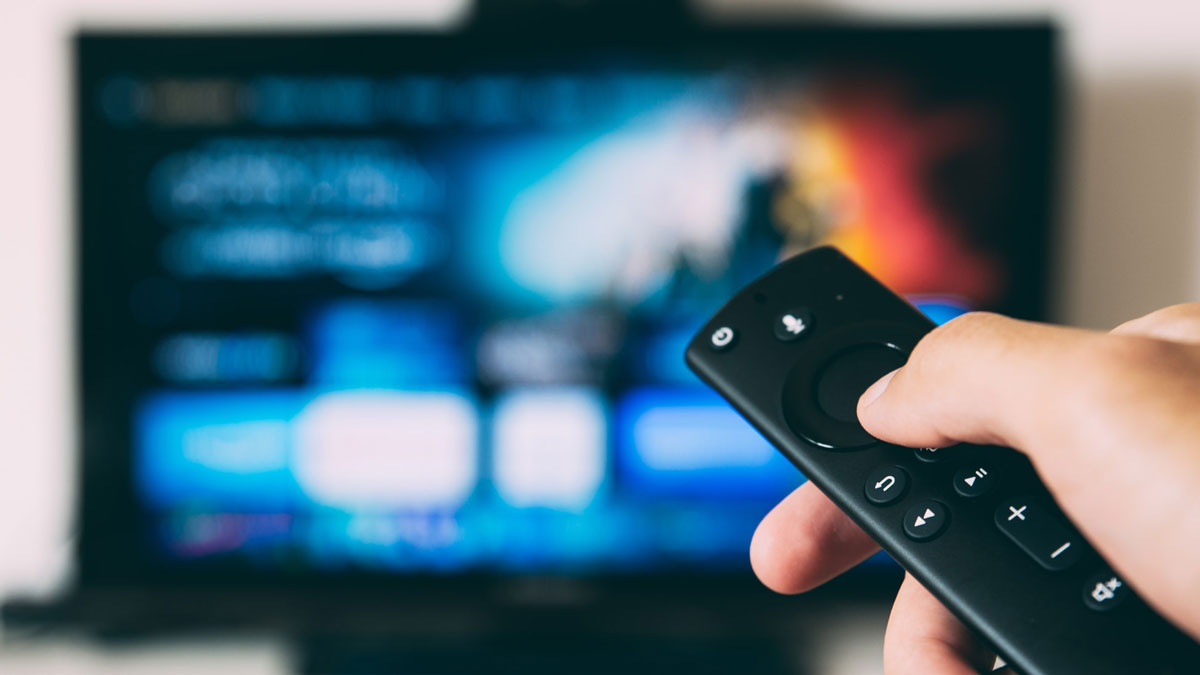The television is an invention that revolutionized the world that we know today. It became a window that transcended location and gave people the ability to watch what’s happening around the world in the comfort of their own homes.
A single inventor didn’t invent the TV, but it was developed thanks to the collaborative efforts of many individuals and technologies. Back in the day, cathode ray tube technology was favored over the mechanically-operated television, but it still inspired some of the greatest features of television known as scanning, a process where light is shed on little pieces of the image at any time. The CRT technology was officially revealed to the public in 1927, when an image of 60 lines was displayed. Commercial TV sets only displayed black and white colors until 1953 when the colored TV was launched. In the age of the internet and smartphones, many people may not be familiar with the factors that can interfere with the TV reception.
We’ve compiled a list of the most important factors that you should take into account to improve the TV’s reception.
How Do Antennas work?
Before you attempt anything, it’s important to understand the science or mechanics behind antennas. Antennas are used to capture the transmitted waves from television stations and then create tiny frequency alternating currents that the television tuner can understand. Every country decides the frequency bands that they’d like to use. The type of antenna is a major factor that affects the TV reception, as it has seen a lot of development and innovation to be where it is today.
The Weather
It’s easy to control interference when it’s coming from your home, especially if it’s a known source. If it rains a lot, you’ll notice a significant drop in the quality of the signal you’re getting. As mentioned on https://longrangesignal.com/atmospheric-conditions-affecting-tv-reception/, signals can hit raindrops and dissipate into multiple directions. Depending on the frequency, the effect of raindrops can be determined as the higher frequencies are easier to be scattered than lower frequencies. Hot summer days can cause hot air to entrap the signal by acting like a mirror. While it’s not possible to adjust your aerial enough to combat the worst of climates, you can set it at the highest point on the house to ensure that the signal is strong enough.
Type of Antenna
While you may not have any control over the source which transmits the wave, you can control the device that is used to receive it. Antennas are designed to accommodate different distances between the receiver and the source.

Rural areas may require powerful antennas to be able to capture waves from very far broadcast towers. If you happen to live near the source of transmission or broadcast towers, you won’t really need a powerful antenna to improve the reception. You’ll have to review your geographical location to be able to find an antenna that suits your needs.
Home’s Materials
You’ll notice the similarity between cellphone and TV signals, when it comes to reaching certain places in your house. Since waves cannot easily penetrate concrete, stucco walls, and rebar construction, you’ll notice that any type of signal is weak in basements and garages. Over-the-air antennas cannot be used properly when there are materials that obstruct their signal. It’s recommended to install the antenna in areas with minimum construction materials to receive the best signal.
Splitters
This is a very common issue for homeowners who have more than one TV set and would like to be able to watch multiple broadcasts by using the same antenna. A splitter isn’t necessarily a bad accessory to your antenna, but you’ll need to factor its effect on the TV reception. Every time a signal is split by the splitter, it becomes weaker and distorted. Experts recommend installing a pre-amplifier and a distribution amplifier to maximize the efficiency of the signal. Once these devices are installed, your TV will be playing HD audio and video with ease.
Long Distances
We’ve mentioned that the further the antenna is from the station, the weaker the signal gets. If local broadcast stations are not close enough to your home, even the best antennas may not be able to capture the signal at a satisfying quality. It’s recommended to install signal boosters and amplifiers during the installation of the antenna. These devices can greatly improve the signal by strengthening it before it reaches your TV.
The factors that affect the signal to your TV are numerous. It may seem overwhelming at first to prepare for the perfect setup for your antenna, but, luckily, it gets easier the more you research about it. There is nothing worse than losing signal when you’re excited to watch television in your free time.
